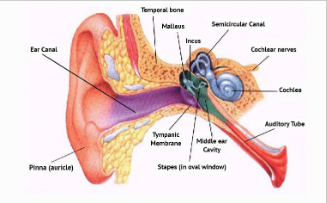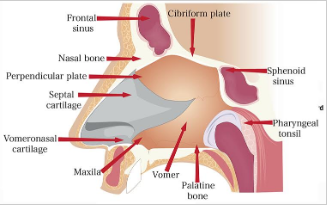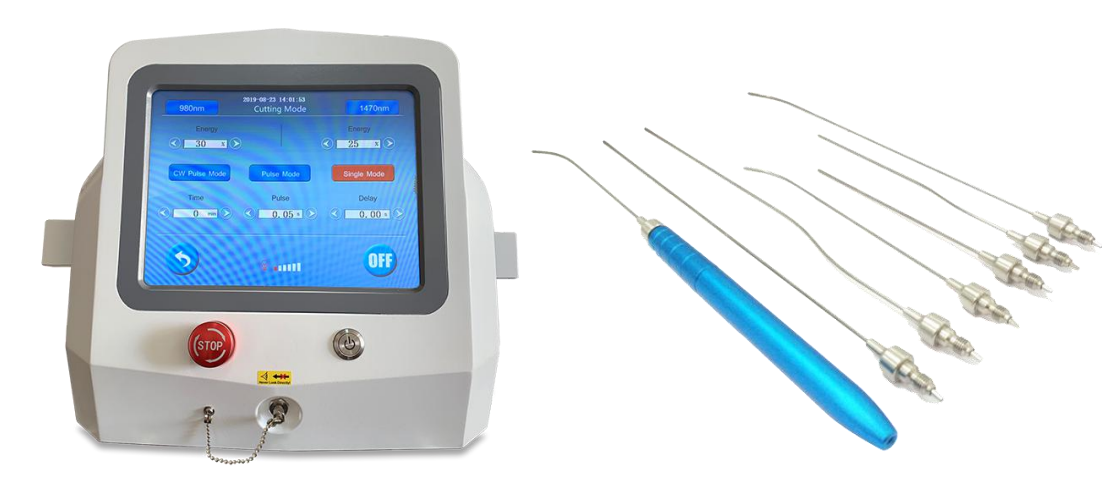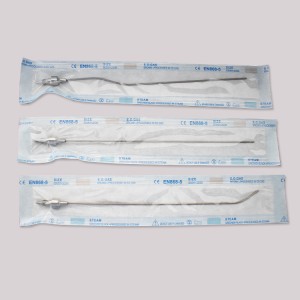TRIANGELASER Instruments ent 980 1470 Varication ENT PLDD EVLT laser machine- 980+1470 ENT
The wavelength of 980 nm has a high absorbance inhemoglobin whereas the 1470 nm has a high absorbance in water. The thermal penetration depth of the LASEEV® DUAL laser therefore can be adjusted to the needs of the particular ENTapplication by just a finger tip. This allows safe and precise procedures to be performed close to delicate structures while protecting the surrounding tissue.Compared to the CO2laser, this special wavelength set exhibits a significantly better hemostasis and prevents bleeding during the operation, even in hemorrhagic structures such as nasal polyps and hemangioma. With the LASEEV® DUAL laser system, precise excisions, incisions and vaporization of hyperplastic and tumorous tissue can be performed effectively with almost no side effects
Advantages
*Microsurgical precision
*Tactile feedback from the laserfiber
*Minimal bleeding, optimal in situ overview during the operation
*Few post-operative measuresrequired
*Shortrecovery period for the patient
Applications
EAR
Cysts
Accessory Auricle
Tumors of the inner ear
Hemangioma
Myringotomy
Cholesteatoma
Tympanitis
NOSE
Nasal Polyp, Rhinitis
Turbinate Reduction
Papilloma
Cysts & Mucoceles
Epistaxis
Stenosis & Synechia
Sinus Surgery
Dacryocystorhinostomy (DCR)
THROAT
Uvulopalatoplasty (LAUP)
Glossectomy
Vocal Cord Polyps
Epiglottectomy
Strictures
Sinus Surgery



Endo Nasalsurgery
Endoscopic surgery is an established, modern process in the treatment of nasal and paranasalsinuses. However, due to the strong bleeding tendency of the mucosaltissue,surgicaltreatment in this area is often challenging.Apoor operating field of vision due to bleeding often resultsin imprecise work; prolonged nasalpacking and significant patient and doctor effort isusually unavoidable.
Themain imperative in endonasalsurgery isto maintain the surroundingmucosal tissue as much as possible. New designed fiber with special conical fiber tip on distal end allows atraumatic entrance into nose turbinate tissue and vaporization could be performed in interstitially way to protect mucosa outside completely.
Due to ideal laser-tissue interaction of wavelength 980nm / 1470 nm, adjacent tissue is protected optimally. Thisleadsto rapid reepithelialisation of bone areas that had been opened up. As a result of the good hemostatic effect, precise procedures canbe undertaken with aclear view of the operating area.Using the fine and flexible LASEEV® optical laserfibers with core diameter of min. 400 μm, optimal accessto all nasal areasis guaranteed.
Advantages
*Microsurgical precision
*Minimal post-operative swelling of tissue
*Bloodless operation
*Clearview of operating field
*Minimal operative side effects
*Outpatient operation possible underlocal anesthesia
*Short recoveryperiod
*Optimumpreservation of surroundingmucosaltissue

One of the most frequent operationsin the oropharynx area islasertonsillotomy in children (Kissing Tonsils).In pediatric symptomatic tonsillar hyperplasias, LTT represents asensible, gentle and very low risk alternative to tonsillectomy (children up to 8 years of age). The risk of post- operative bleeding is minimal. The minimal amount of post-operative painthanksto the shortened periodof healing,the ability to perform out-patient operations (with general anesthesia) and the leaving behind of a tonsillar parenchyma are significant advantages of lasertonsillotomy.
Due to the ideal laser-tissue interaction, tumor or dysplasias can be removed bloodlessly while keeping the adjacent tissue unaffected. A partial glossectomy canonlybedoneunder general anesthesiain ahospitaloperating room.
Advantages
*Outpatient operationpossible
*Minimally invasive, bloodless procedure
*Short recovery time with little post-operative pain
Hindered drainage of tear fluid, caused by a blockage of the lacrimal duct, is a common condition,particularly amongst older patients. The traditional treatment method isto surgically reopen thelacrimal duct externally.However,thisis alengthy, difficult procedure associated with a high potential for side effects such asstrong, post-operative bleeding and scarformation. LASEEV®makes the reopening of the lacrimal duct asafer,minimally invasive procedure. The thin cannula with its atraumatically shaped mandrel is introduced once in orderto perform the treatment painless and bloodlessly. Then,the required drainage isset in placeusing the same cannula. The procedure canbe done under local anesthesia and leaves no scars.
Advantages
*Atraumatic procedure
*Limited complications and side effects
*Local anesthesia
*No post-operative bleeding or oedema formation
*No infections
*No scars
Otology
In the field of Otology, LASEEV®diode laser systems extend the range of minimally invasive treatment options. Laser PARACENTESISis a minimally invasive and bloodless treatment operation that opens the eardrum with a single shot contact technique. The small circular perforated hole in the eardrum, performed by the laser, has the advantage of remaining open for about three weeks.The emission of liquid is easy to handle and therefore the healing process after inflammation is considerably shorter, compared to conventional surgical treatment options.A large number of patients is suffering from OTOSCLEROSIS in the middle ear. The LASEEV® technique, combined with flexible and thin 400 micron fibers, offers ear surgeons minimally invasive treatment options for laser STAPEDECTOMY(a single pulse laser shot to perforate the foot-plate) and laser STAPEDOTOMY(a circular opening of the stirrup footplate for pick up special prosthesis afterwards). In comparison to the CO2 laser, the contact beam method has the advantage of eliminating the risk that the laser energy inadvertently affects other areas in the small middle earstructure.
Larynx
The main imperative in surgical treatments in the larynx area is to avoid significant scar formation and undesired tissue loss since this can significantly affect phonetic functions. The pulsed diode laser application mode is used here. This way, the thermal penetration depth can be further reduced; tissue vaporization and tissue resection can be executed precisely and in a controlled manner, even on sensitive structures, while optimally protecting the surrounding tissue.
Main indications: vaporization of tumors, papilloma, stenosis and removal of vocal cord polyps.
Pediatrics
In pediatric procedures, surgery often involves very narrow and delicate structures. The Laseev® laser system offers considerable advantages. Using extremely thin laser fibers, such as in connection with a microendoscope, even these structures can be easily reached and precisely treated. For example, recurrent papiloma, a very common indication in children, becomes a bloodless and painless operation, with postoperative measures being significantly reduced.
| Model | Laseev |
| Laser type | Diode Laser Gallium-Aluminum-Arsenide GaAlAs |
| Wavelength | 980nm 1470nm |
| Output Power | 47w 77W |
| Working modes | CW and Pulse Mode |
| Pulse Width | 0.01-1s |
| Delay | 0.01-1s |
| Indication light | 650nm,intensity control |
| Fiber | 400 600 800(bare fiber) |















